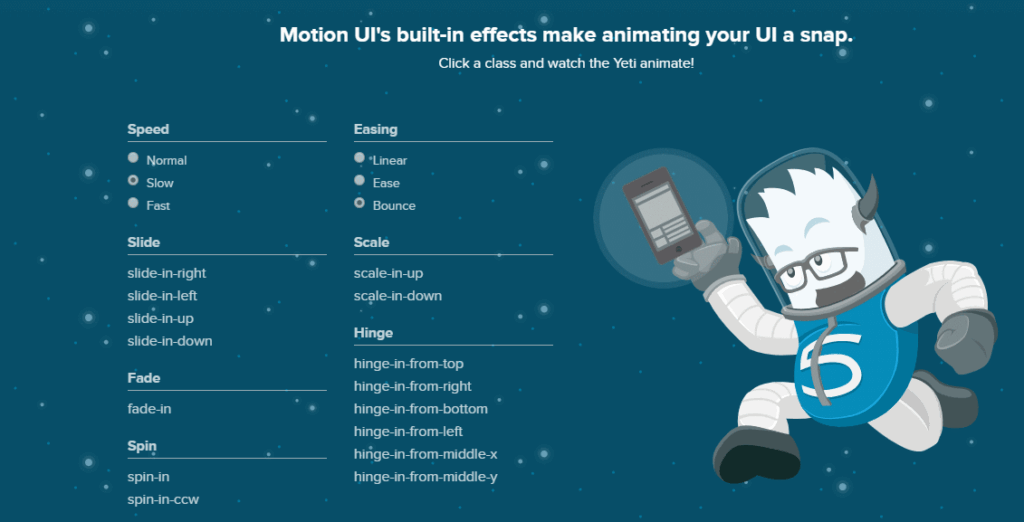
Picture a website that feels alive, one that responds to you, nudges you forward, and rewards your clicks with a subtle visual wink. That’s the power of micro-animations and motion UI. They’re tiny, thoughtful movements that engage users without weighing down performance.
In today’s fast-paced digital world, first impressions matter and often, they happen in a fraction of a second. These subtle design elements might be small in size, but they make a massive difference in user engagement, satisfaction, and overall digital experience.
If you’re building a business website, an e-commerce platform, or a SaaS dashboard, adding a touch of motion can humanise your interface without compromising performance.
What Are Micro-Animations?
Micro-animations are tiny, purposeful visual cues that guide users and provide feedback. These include hover effects on buttons, swipe transitions on mobile, scroll-triggered fades, and success indicators on form submissions. They’re often invisible until needed, and that’s the point.
Used effectively, research shows these tiny animations create a sense of flow. They guide attention, reinforce actions, reduce cognitive load, and even build emotional connections with users. They can explain what’s happening, highlight what’s important, or simply delight users by making an interface feel responsive and alive.
Performance-savvy design means animations are kept short (200-500 milliseconds), contextually relevant, and as lightweight as possible. That way, the interface feels fluid and never sluggish.
Why Are They Trending?
Motion UI isn’t new but its importance is growing. The rise of minimalist web design, faster load expectations, and mobile-first interfaces has pushed designers to rely on subtle animations to add depth and personality without overloading the screen.
When done well, motion enhances the perceived speed of a site. Animation libraries like Velocity.js prioritise smooth rendering by minimising layout thrashing so sophisticated animations can actually run more efficiently than heavy CSS transitions.
In Google’s Material Design guidelines, motion is described as helping users “focus attention and maintain continuity.” Big tech companies like Apple, Google, and Meta all incorporate motion as a natural part of interaction not an afterthought.
And globally, users now expect it. From tapping a heart on Instagram to watching progress on Dropbox, these micro-moments build satisfaction and trust.
The Psychological Impact of Motion
Motion captures attention and conveys change. From a neuroscience perspective, our brains are wired to detect motion instantly, it’s a survival skill. This makes it an effective design tool.
When a user clicks a button and sees a ripple or transition, it feels natural and satisfying. Without such feedback, users can feel lost, uncertain, or frustrated.
Micro-animations also help reduce cognitive load by reinforcing patterns. Instead of making users guess, movement shows them what to expect next. For example, a cart icon gently shaking after adding an item helps confirm the action worked.
But Doesn’t Animation Slow Things Down?
Here’s the myth: animation = slower websites.
Here’s the truth: bad animation = slower websites.
When done properly using modern libraries like Framer Motion, GSAP, or CSS-based transitions, micro-animations are performance-safe. These tools allow animations to run on the GPU, keeping the main thread clear for other tasks.
You can also reduce motion for users with accessibility needs. Most modern frameworks respect browser or system-level settings like “prefers-reduced-motion,” so no user gets overwhelmed.
The best part? Micro-animations can actually make your site feel faster. That’s because they give the user feedback while content is loading or transitioning, reducing perceived wait times.
Motion UI As A Strategic Tool for Business Growth
For tech and business leaders, this isn’t just a design trend, it’s a business advantage. Here’s why:
- Improves UX and retention: Users are more likely to stay, explore, and convert when a site feels responsive and polished.
- Reinforces brand identity: Consistent motion elements can reflect your brand’s personality whether it’s fun, sleek, bold, or elegant.
- Boosts user trust: Animations reassure users that their actions are being processed. That transparency builds confidence.
- Increases accessibility: Motion can reduce friction for users by guiding attention and improving task flow, especially on mobile.
Best Practices for Using Micro-Animations
Micro-animations work best when they’re subtle, purposeful, and consistent. Here’s how to get it right:
- Animate with intent: Each movement should serve a purpose either guiding, confirming, or enhancing interaction.
- Keep it short: Ideal animation times range from 200 to 500 milliseconds. Anything longer feels sluggish.
- Test performance: Ensure animations run smoothly on 3G/4G mobile networks. Lightweight frameworks and GPU acceleration help.
- Respect user preferences: Always include a “reduce motion” fallback for users with vestibular or cognitive sensitivities.
- Be consistent: Stick to a cohesive animation style across the entire site to avoid visual confusion.
Global Examples Doing It Right
Slack: Uses animations in message transitions and menu interactions to make the app feel alive and intuitive.
Asana: Offers satisfying task completion animations—small rewards that encourage productivity.
Airbnb: Subtle loading animations and scroll-based reveals improve storytelling and visual engagement.
Even in emerging markets like Nigeria, forward-thinking web design agencies are leveraging micro-animations to improve mobile engagement, reduce bounce rates, and create immersive ecommerce platforms while maintaining lightning-fast speeds on 3G networks.
Final Thoughts
Micro-animations aren’t just nice-to-haves, they’re powerful tools for improving user experience and differentiating your digital presence. Whether you run a startup or lead a large enterprise, the right motion UI strategy can help your product feel smoother, smarter, and more human.
As the line between technology and design continues to blur, motion is becoming the language of modern interaction. And like any good conversation, it’s the little things that matter most.
Want help picking the right animations or mapping them into your user flow? BoznG’s got you covered. Contact us at bozng.com